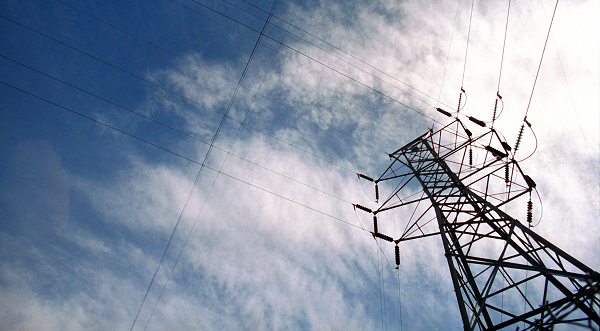The PJM, the lesser known, but important player in the electric system

You are no doubt familiar with your utility as the entity that delivers your electricity. But there is another important player in getting electricity from a power plant to your home, the RTO or Regional Transmission Organization. For much of the Eastern United States, the RTO is PJM. PJM is responsible for managing the transportation of electricity from power plants to the various utilities in its territory. Understanding PJM’s role in the electricity system is important to understanding how electric markets work and in turn what the development of solar means for these markets.
PJM is an abbreviation of Pennsylvania, New Jersey, and Maryland after the territories where the first utilities joined together. Today, the PJM includes all or parts of Pennsylvania, New Jersey, Maryland, Delaware, Ohio, Virginia, Kentucky, North Carolina, West Virginia, Indiana, Michigan, and Illinois. It manages electricity distribution for more than 60 million people and $42 billion worth of electricity.
To understand what PJM does, it is helpful to think of the process of getting electricity from a power plant to your home as having three parts: generation, transmission, and distribution. Generation is the production of electricity at a power plant, distribution is a utility routing that electricity to your home. Transmission then, is the middle portion of the process and involves sending electricity from power plants to utilities, sometimes over long distances.
PJM manages the market where power plants bid to provide electricity to utilities within PJM territory. It monitors the transmission system to ensure that the right amount of electricity is being supplied at all times. Auctions are conducted three years in advance to determine the price for base generation based on forecasting models for capacity needs. Base generation is the largest portion of the electricity generation market and historically includes big power plants using coal, natural gas, nuclear, and large hydroelectric dams.
To function properly, our electricity system must be in balance at every moment between what is being used (consumption) and what is being produced (generation). Because of that requirement, PJM also holds energy market auctions to meet additional and precise demand. Some auctions trade as frequently as every five minutes. RTOs like PJM also develop and enforce important policies on areas such as capacity and service markets. These policies have a significant impact on ratepayers and our ability to go solar as well as the overall shape of the electric grid.
The PJM is not a very democratically run organization and ratepayers have very little influence. Many critics see the PJM as a cartel that serves the interests of the larger investor owned utilities (IOUs) in the region. One of the most controversial moves by the PJM in recent years was the decision to implement large “capacity” payments to their IOU members. In the 2015 auction, these payments reached more than $10 billion dollars to be charged to regional ratepayers. At the same time, the PJM ignores cleaner, more equitable, and less expensive approaches to dealing with spikes in energy demand such as demand response and energy efficiency programs.
 Another recent controversy with the PJM was the escalating salaries it paid executives. While most ratepayers are experiencing stagnant or declining household incomes, PJM Executives continue to enjoy lavish increases.
Another recent controversy with the PJM was the escalating salaries it paid executives. While most ratepayers are experiencing stagnant or declining household incomes, PJM Executives continue to enjoy lavish increases.
The PJM is a complicated organization. It needs to be much more accountable to the people it serves.
